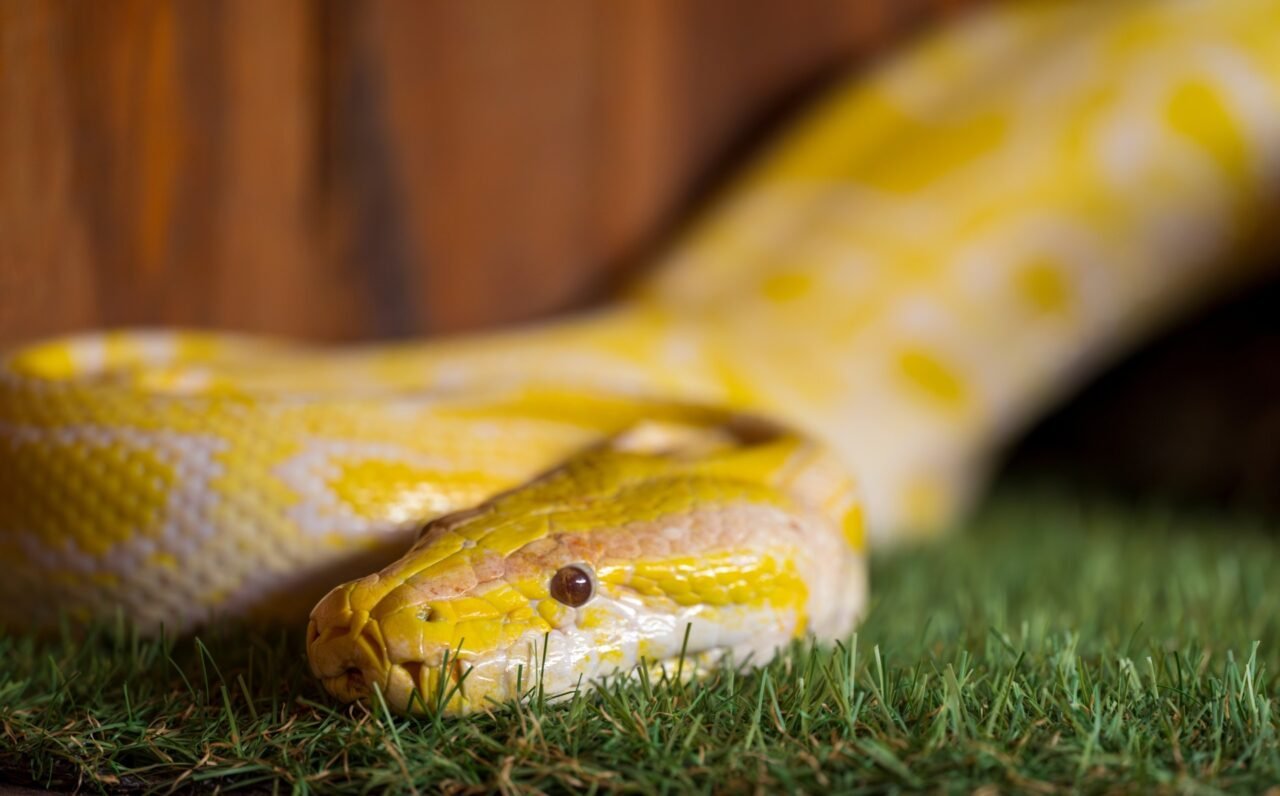Researchers have made significant strides in understanding the unique composition of reptile urine, specifically the formation of crystalline structures. In a paper published on March 15, 2024, in the Journal of the American Chemical Society, a collaborative team of organic chemists and herpetologists detailed their findings after studying urine crystals from over 20 reptile species, primarily snakes. This breakthrough not only sheds light on reptilian biology but also hints at potential implications for human health.
Examining the Enigma of Urine Crystals
The investigation began with an intriguing question posed by herpetologist Gordon Schuett to crystallographer Jennifer Swift at Georgetown University. Despite providing identical diets and hydration to the reptiles in his care, Schuett observed a diverse range of urine crystal formations. Some reptiles excreted urates that hardened into rock-like mass, while others produced a dust-like residue. Curious about this anomaly, Schuett reached out to Swift, who agreed to analyze samples.
Swift’s expertise previously focused on human health issues related to uric acid, including conditions such as gout and kidney stones. In mammals, excess nitrogen is expelled primarily as urea dissolved in water, resulting in liquid urine. In contrast, reptiles and birds, which share a lineage with dinosaurs, excrete nitrogen as solid uric acid, a process that may offer advantages in arid environments by conserving water.
Decoding the Mechanism of Uric Acid Excretion
Through meticulous research, the team employed various analytical techniques, including X-ray diffraction and high-resolution microscopy, to explore the molecular structure of urates in reptile urine. Their research revealed that reptiles produce tiny spheres composed of uric acid nanocrystals. Interestingly, some species excrete these microspheres directly, while others appear to recycle them by reacting with harmful liquid ammonia, a neurotoxin.
This recycling process allows reptiles to convert ammonia into less toxic solid particles, which can then be excreted as dust. Swift noted, “What this potentially means is that uric acid could play a protective role for the snakes.” Although drawing parallels between reptiles and humans is challenging, the study opens avenues for further exploration into the biological roles of uric acid.
Swift emphasized the importance of understanding the implications of uric acid in biological systems, stating, “Too much is a problem. Eliminating it completely is not an option.” The findings underscore the potential value in exploring biomimetic approaches to addressing complex biological challenges, revealing how millions of years of evolution have led to unique adaptations.
As researchers continue to investigate the intricacies of reptilian biology, this study highlights the remarkable processes of nature that remain largely unexplored. Swift concluded, “Nature has a lot of remarkable processes that we just don’t understand, because we haven’t taken the time to look at them.”
